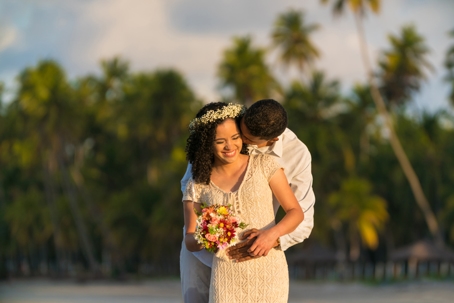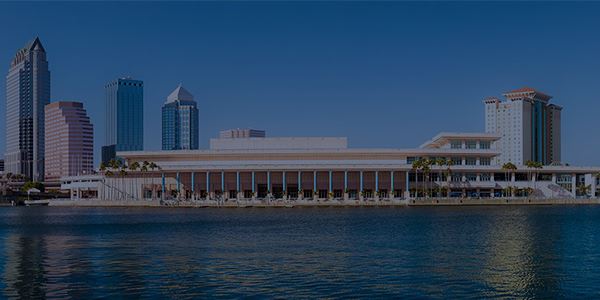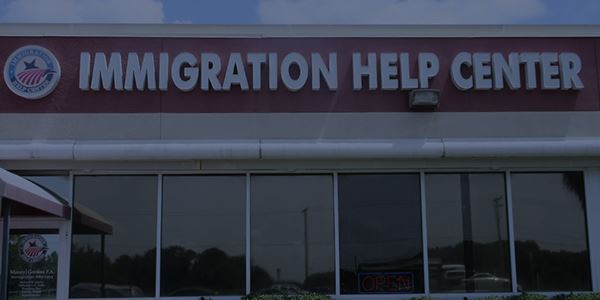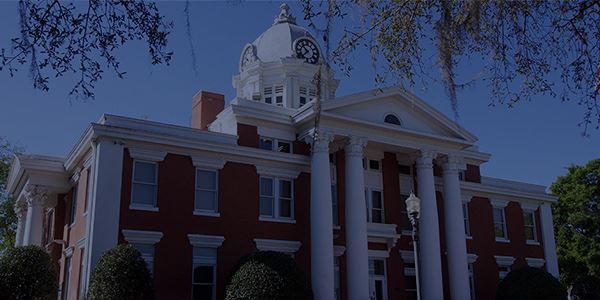Deciding between a fiancé visa and a spousal visa can be challenging, especially when family immigration is involved. These options offer paths to unite couples in the U.S., but each serves different purposes. At Maney | Gordon | Zeller, P.A., we’re here to break down the details, helping you make the best decision for your unique circumstances.
Understanding The Basics: Fiancé Visa vs. Spousal Visa
Definition and Purpose of Fiancé Visa
The K-1 fiancé visa is crafted to bring foreign fiancés of U.S. citizens into the U.S. for marriage. It requires the couple to marry within 90 days of arrival, followed by an application to adjust status for permanent residency. This visa is designed to support love across borders while laying the groundwork for a legal life in the U.S.
Definition and Purpose of Spousal Visa
Spousal visas, including CR1 and IR1, are for those already married to U.S. citizens or permanent residents. The CR1 is for marriages under two years old and grants conditional residency, while the IR1 provides unconditional residency for longer marriages. These visas create a direct immigration pathway, offering stability for families eager to reunite.
Legal Framework and Governing Authorities
The U.S. Citizenship and Immigration Services (USCIS) oversees both visa types, requiring strict adherence to immigration laws. Proper documentation and compliance with guidelines are essential for approval, making it imperative for applicants to understand the legal intricacies.
Eligibility Criteria: Are You Qualified?
Fiancé Visa Eligibility Requirements
To qualify for a K-1 visa, couples must prove the authenticity of their relationship, show intent to marry, and demonstrate financial support. Proof of recent in-person meetings and an affidavit of support are key requirements, ensuring the couple's relationship is genuine and not a financial burden.
Spousal Visa Eligibility Requirements
For a spousal visa, applicants need a valid marriage certificate, proof of financial sponsorship, and evidence of U.S. domicile. These requirements verify that the marriage is legitimate and that the sponsor can provide adequate financial support, reducing reliance on public funds.
Common Challenges in Meeting Eligibility
Common hurdles include incomplete documentation or failing to meet financial requirements. Being proactive in gathering evidence, submitting accurate paperwork, and preparing thoroughly can help overcome these challenges and improve your chances for success.
Application Process: Step-by-Step Guidance
Fiancé Visa Application Process
The K-1 process begins with filing Form I-129F and requires detailed documentation. Once approved, the case moves to the National Visa Center and then to the appropriate U.S. consulate for interviews and approvals. Attention to deadlines and thorough preparation is vital throughout the 6-10 month process.
Spousal Visa Application Process
Spousal visas start with Form I-130 and progress through the NVC and consular processing. This pathway requires detailed proof, interviews, and documentation, and typically takes 10-14 months. Applicants should stay organized to handle the extended timeline effectively.
Avoiding Common Mistakes
Missteps like incomplete forms, missed deadlines, or insufficient evidence can derail the application. Applicants should use checklists, review their submissions, and remain vigilant throughout the process to avoid delays.
Cost and Processing Times: What to Expect
Fiancé Visa Fees and Timeframes
The fiancé visa includes fees for the petition, medical exam, and consular processing, with costs dependent on individual circumstances. Expected processing times range from 6 to 10 months. Understanding and budgeting for these expenses is critical for your preparation.
Spousal Visa Costs and Duration
Spousal visa costs cover petition fees, NVC fees, medical exams, and travel expenses. Processing can take 10 to 14 months, making financial and logistical planning essential. Staying informed about any fee changes or administrative delays helps applicants manage their expectations.
Making the Right Choice: Factors to Consider
Evaluating Personal Circumstances
Choosing the right visa depends on factors like your relationship timeline, financial stability, and long-term goals. Consider whether you’re already married, your urgency to reunite, and your preferences for the immigration process.
Impact on Immigration Status and Path to Citizenship
Fiancé visa holders must marry within 90 days and then apply to adjust status, while spousal visa holders arrive as permanent residents. Understanding these differences helps couples align their visa choice with their future immigration goals.
- Key Tips When Deciding Between Visas:
- Determine your relationship’s urgency to reunite.
- Confirm financial readiness for applications.
- Understand timelines and steps for both visa paths.
- Consult with immigration professionals for clarity.
Expert Recommendations and Legal Advice
Given the complexities of family immigration, consulting immigration attorneys is invaluable. Experts provide tailored advice to help you make informed decisions. Maney | Gordon | Zeller, P.A. specializes in guiding couples through fiancé and spousal visa processes, ensuring smooth transitions.
Tampa Fiancé Visa and Spousal Visa Lawyer
Choosing between a fiancé visa and a spousal visa can feel overwhelming, but Maney | Gordon | Zeller, P.A. is here to provide expert support for family immigration. Whether you're reuniting with a spouse or bringing your fiancé to the U.S., our team in Tampa, FL, is ready to help. Call us at (800) 708-4399 or contact us today to take the first step toward a brighter future together.






